
Dec 21, 2021 · Remove the UPLC column and replace for a union. Place ALL solvent lines into each solvent bottle for each flushing step. Use a Critical Clean glass bottle kit (Ordering_Brochure). Sinker stones that are already in use for a while should be removed as well. Purge line A and B for five minutes per line with solvent in the exact order as stated below.
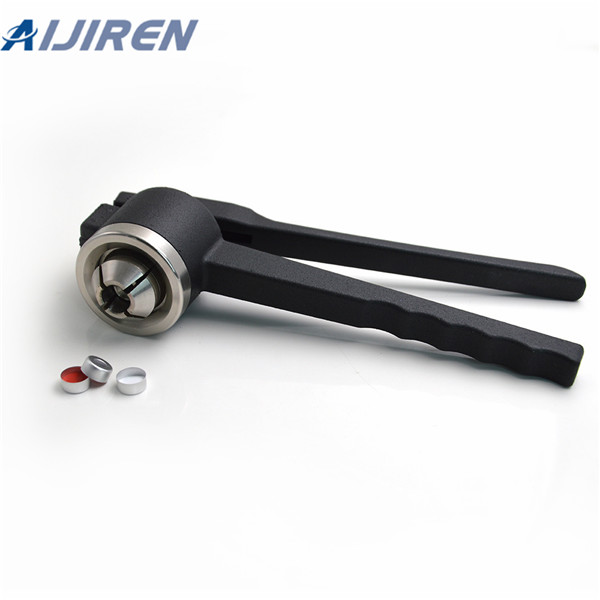
Jan 08, 2016 · Washing Protocol - See Section II under Laboratory Protocol for a full description of the washing protocol for glassware and bottles. 1. The conductivity of 5% of all sample bottles and sample vials washed is tested to ensure clean sample containers. If any bottles are found to have conductivity greater than 1.0 micromhos/cm then that set will
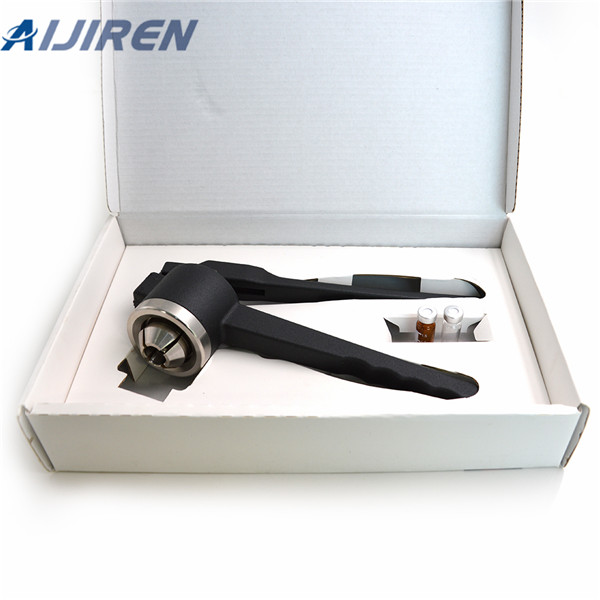
Learn more about Chromatography Vials. We enable science by offering product choice, services, process excellence and our people make it happen.

Apr 05, 2022 · The most common method to clean glassware: Decontaminate the glassware by presoaking in 5% bleach or by boiling. Can use any detergent or cleaning powder. Autoclave may be the alternate method. If the glassware is soaked in water after use, that is ideal. If leftover, then keeps in the detergent solution overnight.

Process chromatography an 18-1124-57 AD, 2001-06 • p1 Use of sodium hydroxide for cleaning and sanitizing chromatography media and systems Sodium hydroxide is widely accepted for cleaning, sanitizing and storing chromatography media and systems. The benefits of its use include efficacy, low cost, ease of detection, removal, and disposal.

concentration is determined spectrophotometrically and the concentration is listed on the vial label. Reconstituted MSP containing a 6-His tag can be stored at 4°C for up to several days. For long term storage of solution or lyophilized protein, we recommend temperatures below -20C.

Dec 04, 2014 · HPLC glass vials and caps (e.g., BGB Analytik, cat. no. 080400-W and 070301) glass in wash medium (lacking the labeled compound; see Steps 7 and 8), and put the cover glass with the cells on ...
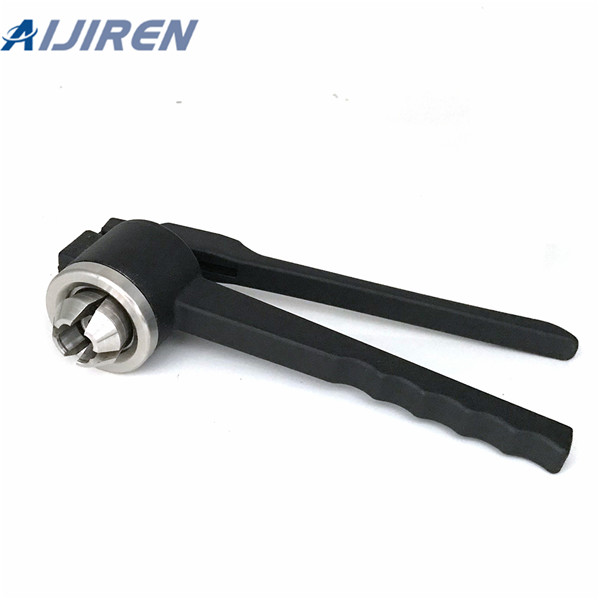
compound into a clean 60mL glass tube. Calculate the volume of solvent (i.e., H. 2 O, except methanol for UMB_L) needed to achieve a concentration . of 1 mg/mL. Add this volume gravimetrically to the 60 mL glass vial. Vortex . mix until solute is fully dissolved in solvent. Repeat for each isotopically-labeled compound.
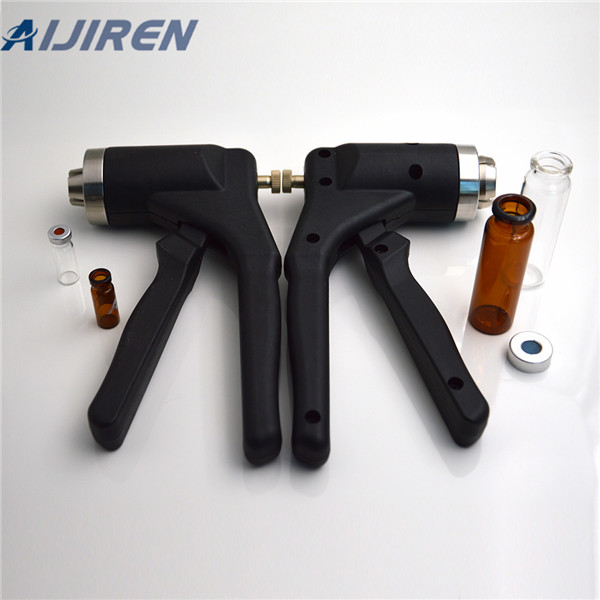
through the column at a rate of 1–2 drops/second (washing step) and about 3 mL of air are pumped through. Aflatoxins are eluted by passing 1 mL of MeOH through the column at 1 drop/second or less. Finally, 500 µL of the eluent are mixed with 500 µL of water in an LC vial prior to LC-MS/MS analysis. The resulting dilution factor is 2.67 (8/3).

Empty syringe of contents through the filter into a clean 1 mL GPC vial. You will need to push the “extra” air through the filter to clear all the polymer solution of the filter. · Cap the GPC vial immediately. · Dispose of the PTFE filter. 4. Clean the glass syringe. · Screw clean needle (with cover) on glass syringe.
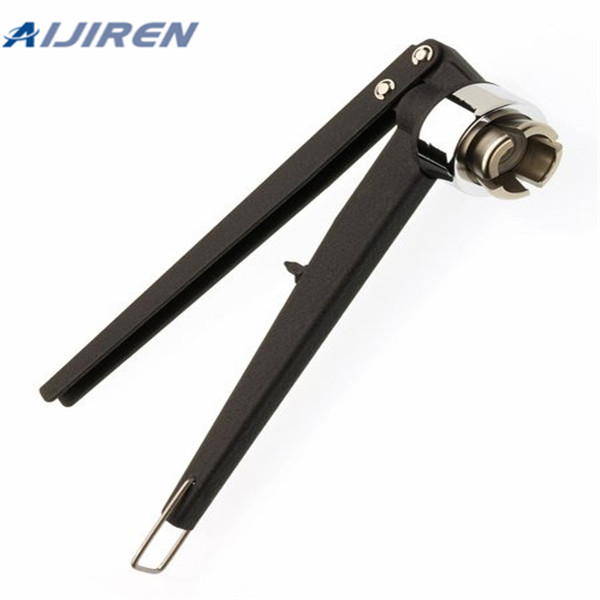
Oct 21, 2019 · There have five ways to clean the chromatography sample vials: Method 1 1, tap water rinse several times. 2, put in a beaker with pure water, ultrasound for 15 minutes. 3, change the water, and then ultrasound for 15 minutes. 4, soaked in a beaker with water ethanol. 5, finally take out the natural air dry. Method 2
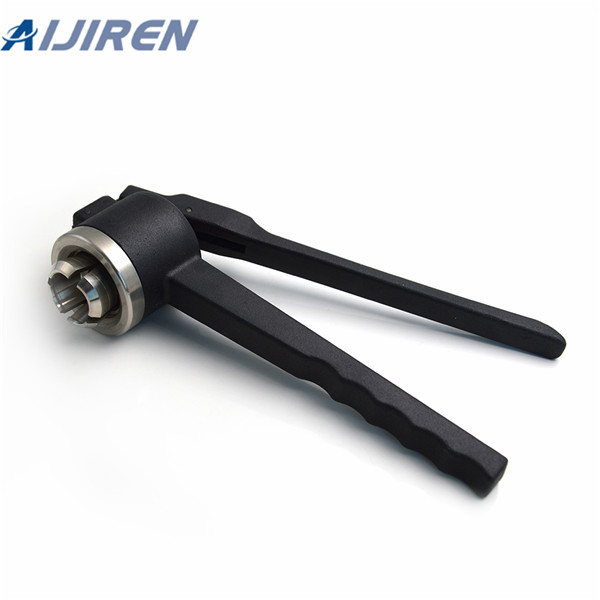
caution: do not wash glass bottles in detergent, with other glassware, or in washing facilities that may have detergent residue. washing glass-ware in a common dishwashing facility can contaminate it with detergent residues, which may contain polyethylene glycol (peg) and other “sticky” substances. vinyl-coated steel racks can be an
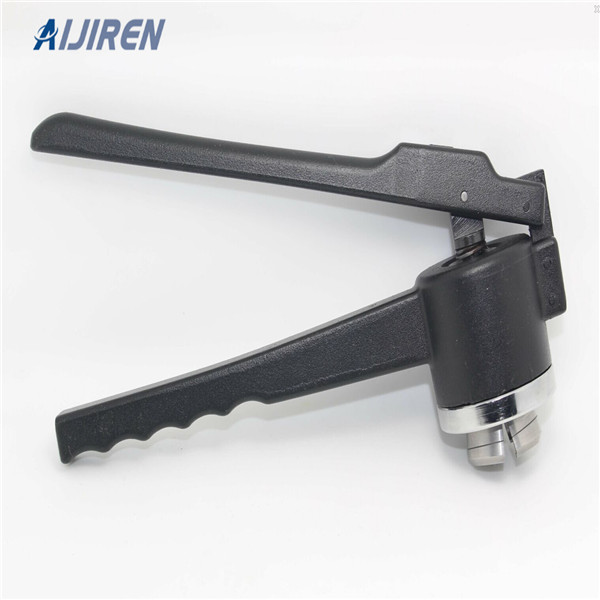
glass cleaning techniques and commonly used equipment for glass cleaning. About our tests Pilkington IGP have tested various methods of cleaning standard float glass, laminated glass and toughened glass (glass with higher mechanical strength). On the photo below you can see two types of glass panes (toughened and non-toughened glass) prepared
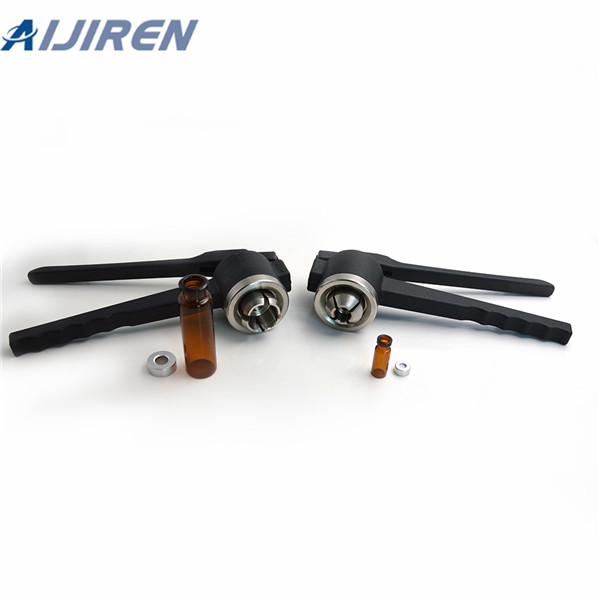
the glass. Prepare the HCI bath in a polypropylene container by the following recipe: 200 ml DI water . 100 ml HCI (add to water) Pour the water into the container then add the acid. Be sure to label the container with the title “30% HCI solution” then add your name and the date. Put the glass substrates into the bath to soak for 30 minutes.

Glass Pipettes 1. Add a sprinkle of alconox soap (located under regular sink) to the first washing jar located in hood #2. 2. Fill the can with water up to the black line. 3. Transfer the pipette holder with dirty pipettes to the first washing pipette. 2 First washing jar in hood Water knob Fill line